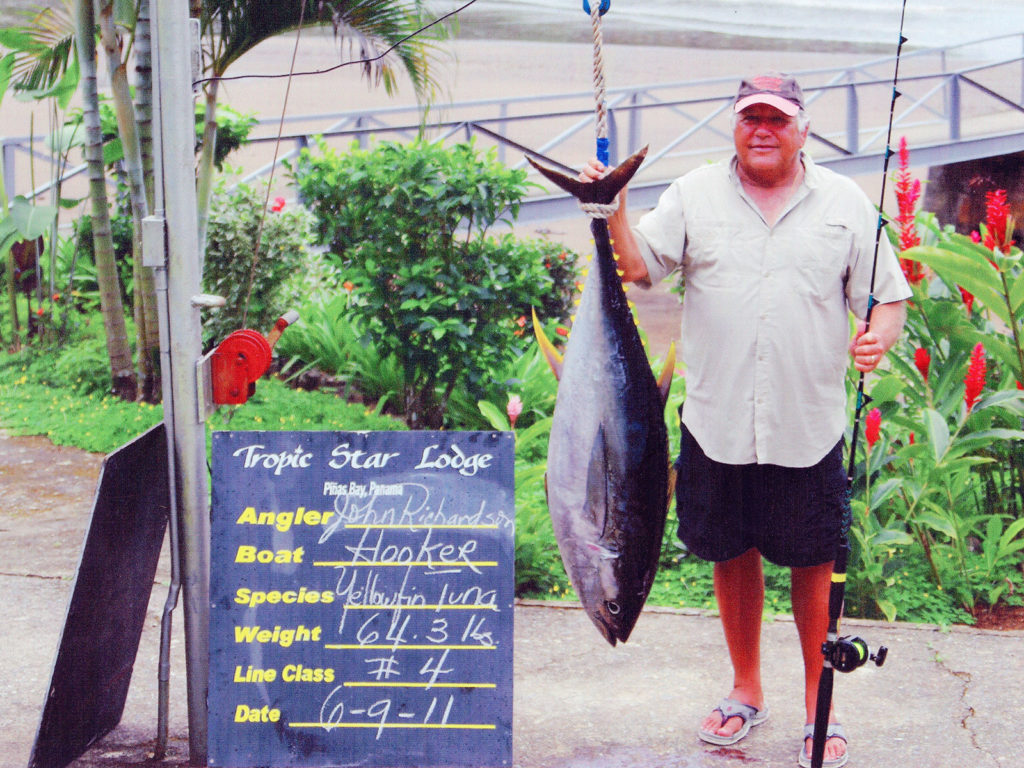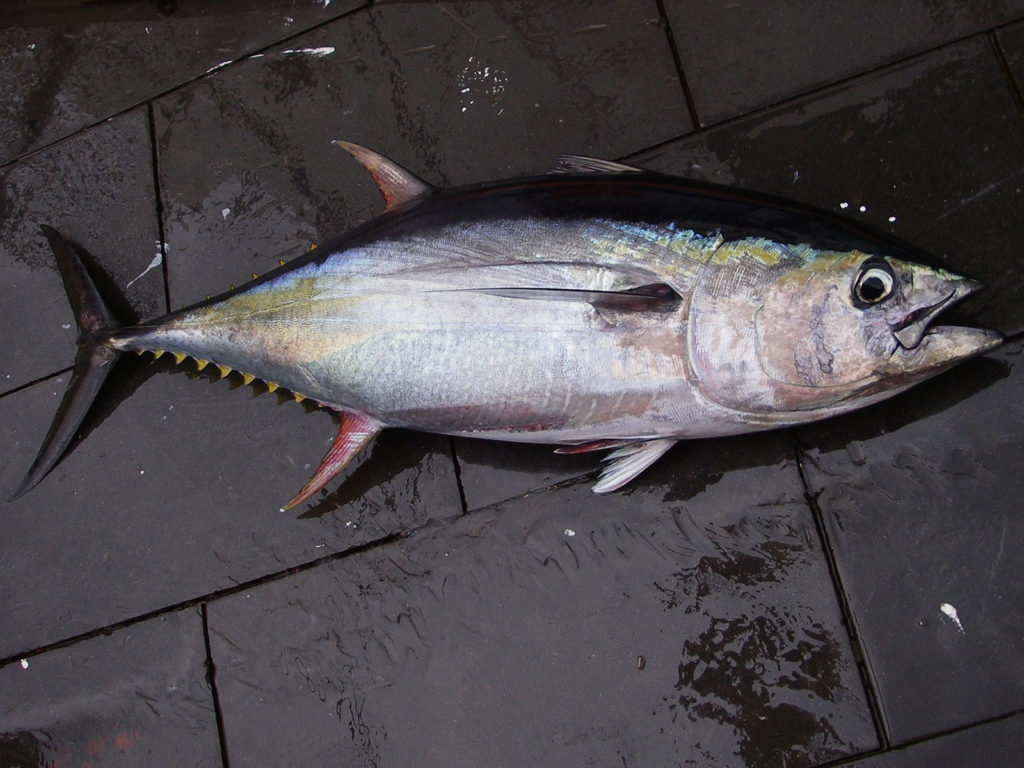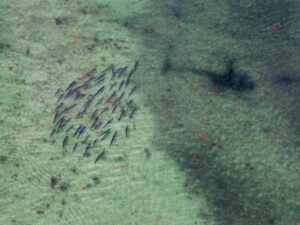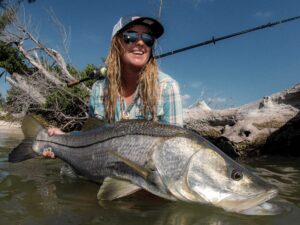
Skill, experience, plus a wink and a smile from lady luck — all in varying degrees — help account for seven seemingly impossible catches in these series.
Understand at the outset that in most cases, these catches are made not simply by an angler, but by a team, experienced, practiced and dedicated to the goal of setting a world record on light line. With heavy line, the team becomes far less essential, as the angler goes it mostly alone and often spends a considerable time in the fight, man to fish.
It’s also evident that the big fish in these record catches had no time or no inclination to dive to depths. Try stopping 200 or 300 pounds of angry fish on a headlong deep dive with wispy six-pound line, and good luck with that. When that same fish chooses to stay on top, expending energy where a boat and team can pursue it, the chances of a gaff shot — whether lucky or expert or, often, some of each — go way up.
But is it sport fishing? Many would argue these catches are not made in the spirit of what sport fishing should be, though the anglers will point out that all angling rules established by the International Game Fish Association were followed. Describing how these catches were accomplished is what we do as journalists, but that does not mean we condone nor condemn them. We leave that decision for you, who read these. Our goal is primarily to answer the question that arises whenever record catches like these come up: How did they do that?
Yellowfin Tuna World Record

Yellowfin tuna — 64 pounds, 4 ounces
- Men’s 4-pound-line-class record
- Piñas Bay, Panama
- June 2011
- John E. Richardson from Bellville, Texas
The 4-Pound-Test Yellowfin Tuna World Record Explained
The summer of 2011 had been hot for yellowfin out of Piñas Bay, says John Richardson, who describes the action as “unbelievable. The tuna had been stacked up on the bait. So we spent the better part of a week trying to figure out how to catch one on [ultra] light tackle.” Richardson says the team determined that it was important to get the boat right on the bait ball. Then, the trick was to pitch a bait “to one side of the transom with the tuna head toward the boat [while it ate the bait]. Then, you had to hope for a tuna small enough to hold onto when it was leadered right away.”
Richardson says the mate had determined that they needed a tuna no larger than 80 to 100 pounds. The “the trick was to get the leader while the fish was still on top as it hopefully passed the other side of the transom.” They found that leadering green tuna in the 80-pound range was “like a street fight.” As skilled and experienced as the Panamanian mates were, the captain and the mates who’d come down on the 98-foot Hooker had to make it happen.
The team broke off more than 30 fish, the angler says, “before we got one to follow the plan.” Often the wispy line was snapped when other feeding tuna lumbered into it. The day they succeeded presented a good news-bad news scenario, with amazing numbers of tuna right on a massive bait ball, but two hours of broken lines left them deficient in tackle. “We ended up cutting our live-bait marlin rigs in half since we were out of hooks. We even quit tying Biminis, changing to the faster spider hitch. But we finally got lucky” with the record fish remaining on top, so they could grab the leader, stop the fish and put a gaff in it. “It was one of those times when luck, opportunity and experience all came together!”
Doug Olander is editor-at-large for Salt Water Sportsman magazine.









